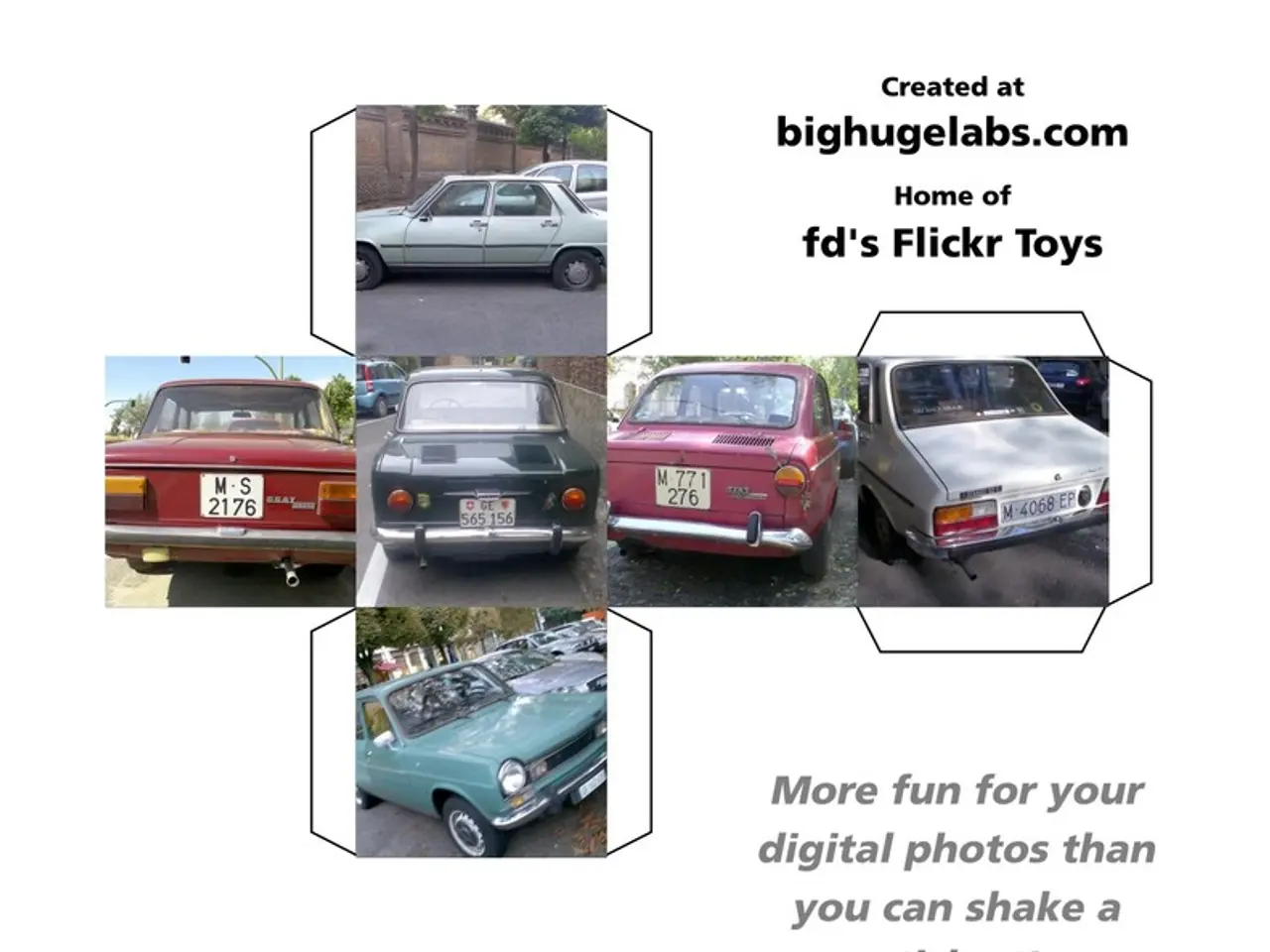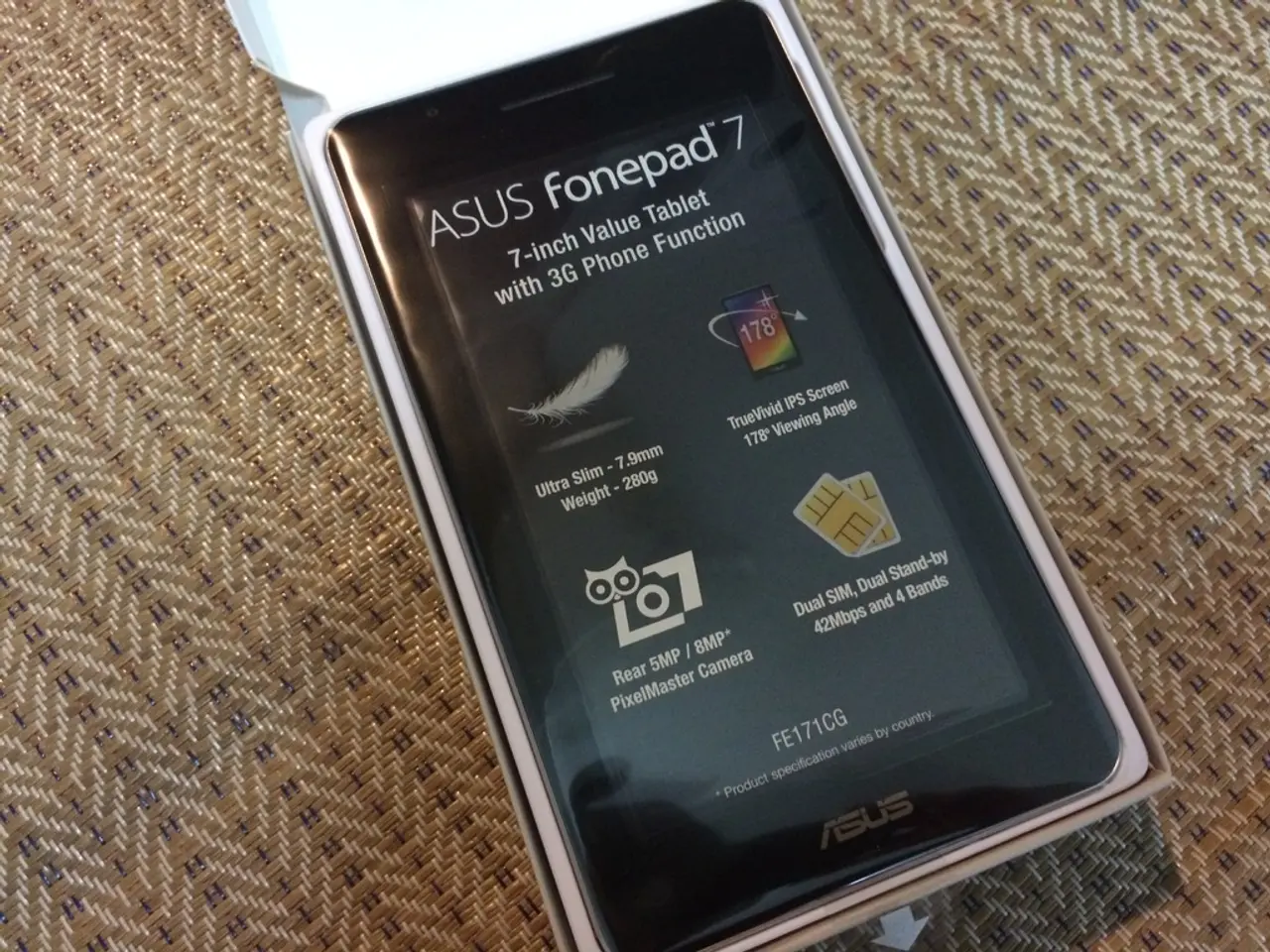Testing the fuel efficiency of a Rivian R1T while driving at different speeds: Results showed a 0.5 mile per kilowatt-hour increase in efficiency when reducing speed from 65 to 60 miles per hour.
In a remarkable demonstration of the impact of driving habits on electric vehicle (EV) range, Gregg Poss, the same driver who previously drove his 2023 Rivian R1T through 49 states in under a year, conducted a test in North Dakota that showed a significant improvement in efficiency when he reduced his speed by just 5 mph.
During the test, Gregg slowed from 65 mph to 60 mph on a long, flat stretch of road. To his surprise, he observed an improvement of about 0.5 miles per kWh in efficiency[1]. This means that by simply reducing his speed, he was able to extend his effective range on flat terrain during steady driving.
This real-world test underscores the dynamic nature of EV range, which is influenced not only by battery size but also by driving behavior. By easing off the accelerator, drivers can extend their mileage without changing any hardware or software.
Not everyone may find the same range optimization tips applicable to their lifestyle, but knowing one's options means making smarter choices when it really matters. For instance, Jon Gebarowski, another Rivian owner, calculated that a 5 MPH reduction in speed could provide an additional 70 miles of range for his battery size[2].
Moreover, driving in Conserve mode can add an additional 8% range for Rivian's quad-motor setup, as Norm Buggel pointed out[3]. Switching to Conserve mode reduces the power draw from all four wheels, further extending the range.
Slower speeds also offer underrated benefits, such as reduced risk in the event of a collision. Slower speeds can provide a safer driving experience, as they reduce wind drag and stress on tires, which in turn reduces wear and heat buildup.
However, not every driver may be comfortable with slower speeds. Jennifer Haley, for example, expressed her reluctance to drive at slower speeds due to her usual highway speed of 85 mph. Nevertheless, long-term Rivian owners have noted that consistent speed and terrain awareness make long-term ownership surprisingly easy to manage.
In a recent incident, one Rivian owner shared a story of their 2022 R1T being totaled in a driver's side T-bone crash, but they walked away without injury due to Rivian's safety engineering[4]. This serves as a testament to the importance of safety features in EVs, especially in collision scenarios.
In conclusion, the test conducted by Gregg Poss with his Rivian R1T illustrates how lowering speed slightly can yield a noticeable extension of range on flat terrain during steady driving. By making small adjustments to driving habits, EV owners can optimise their range and enjoy a safer, more efficient driving experience.
[1] Gregg Poss's Test: https://www.rivianforum.com/threads/range-optimization-test-results.15741/ [2] Jon Gebarowski's Calculation: https://www.rivianforum.com/threads/range-optimization-test-results.15741/ [3] Norm Buggel's Observation: https://www.rivianforum.com/threads/range-optimization-test-results.15741/ [4] Rivian's Safety Engineering: https://www.rivian.com/safety
Reducing one's driving speed from 65 mph to 60 mph during steady, flat-terrain driving might contribute to a 0.5 miles per kWh improvement in the efficiency of electric vehicles like Gregg Poss's Rivian R1T. Moreover, this lifestyle change allows EV owners to extend their effective range, serving as a notable example of how driving behavior can influence the efficiency of electric-vehicles.




